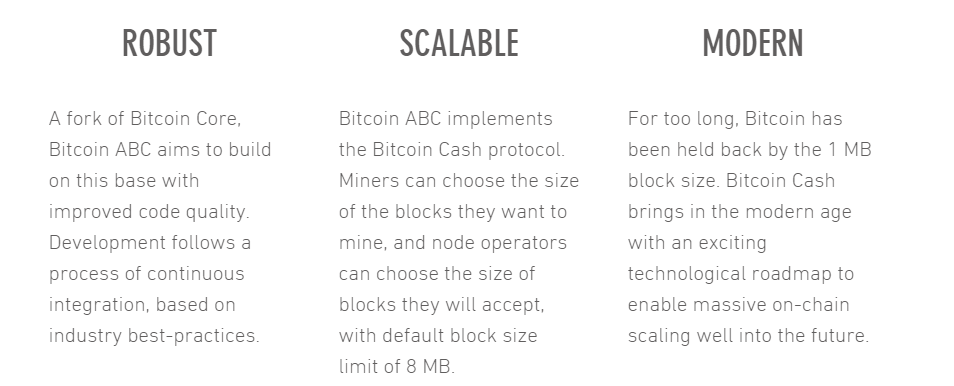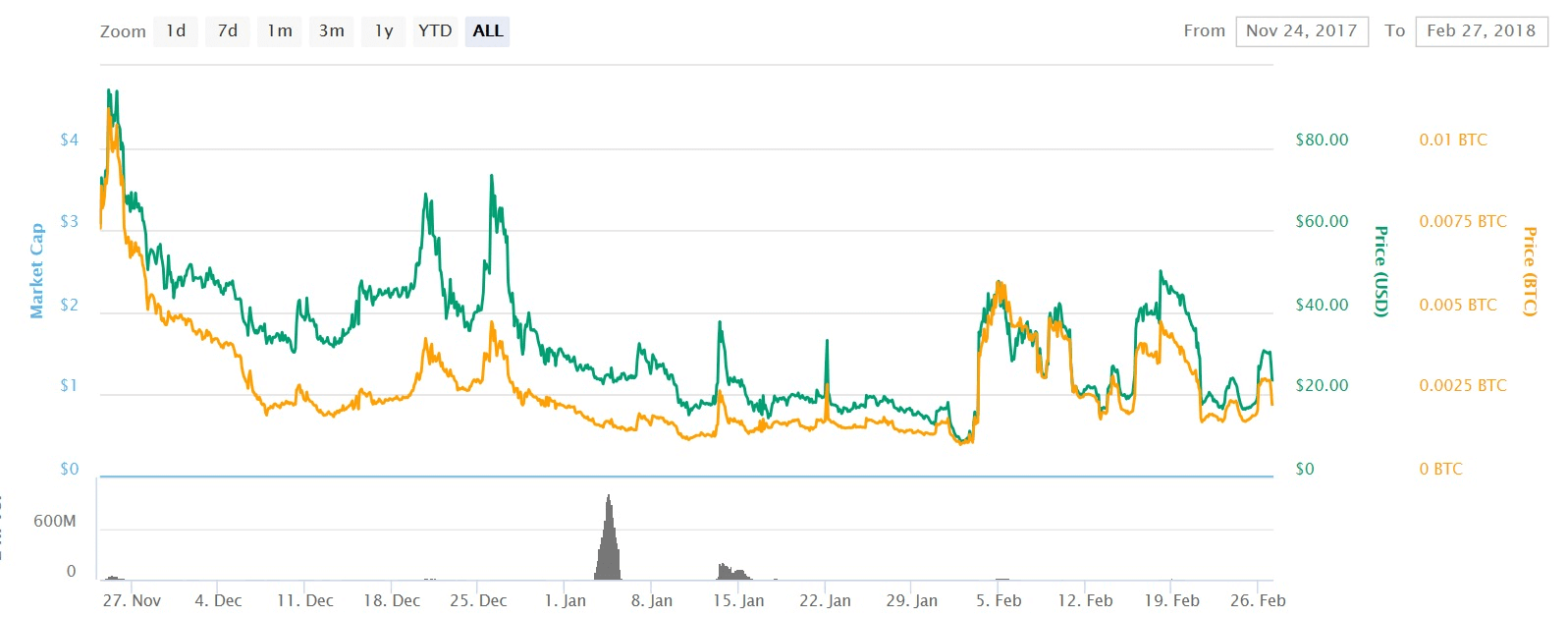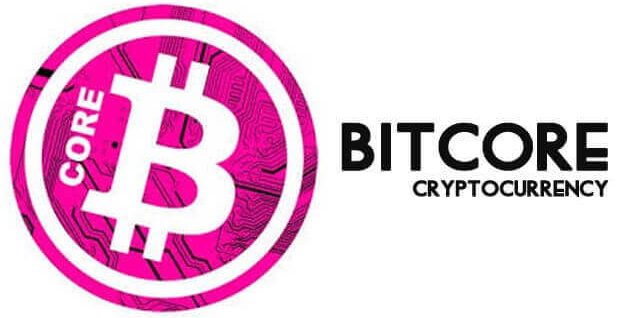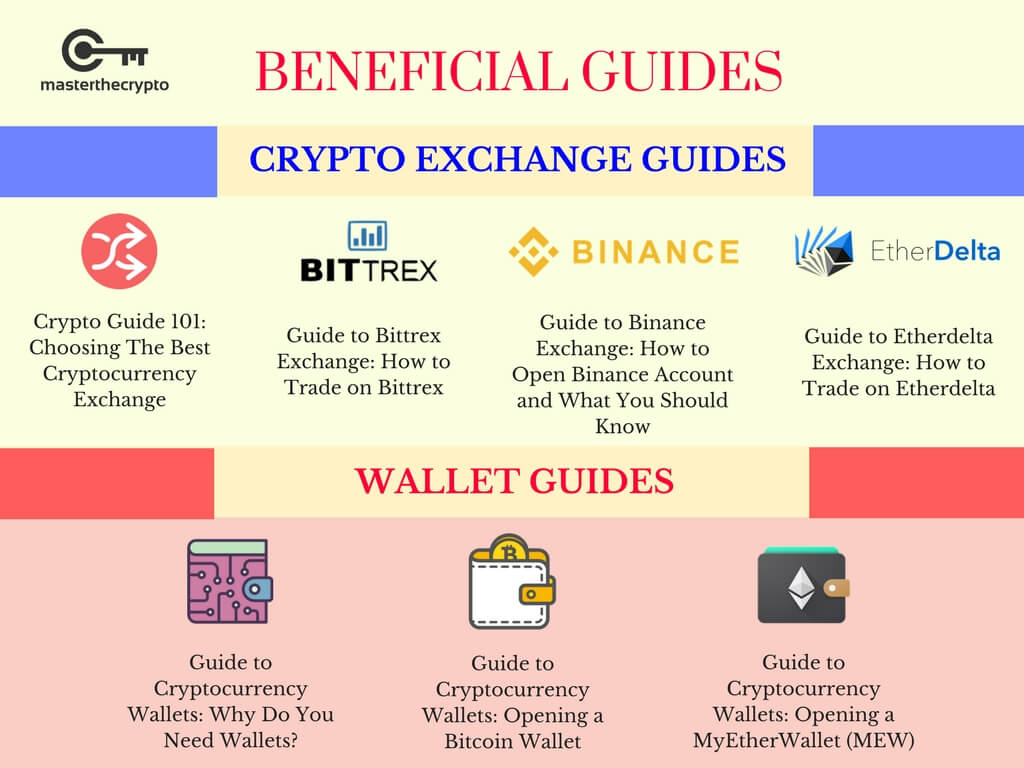This guide to bitcoin hard forks will take an in-depth look at the different forks of Bitcoin that includes Bitcoin Cash, Bitcoin Gold, Segwit2X & Bitcoin ABC, Super Bitcoin, Bitcoin Diamond and Bitcore.
Forks are often a contentious topic for many in the crypto world. Some might see forks as a divisive force, while others view forks as a manifestation of diversity and innovation of the community. Either way, it is important to understand the underlying reasons for a hard fork and the major coins created from those forks. Master The Crypto presents the different major hard forks of the Bitcoin blockchain.
If you’re not familiar with forks, here is a beginner’s Guide to Forks: Everything You Need to Know About Forks, Hard Fork and Soft Fork before you move on further.

Bitcoin Cash

Perhaps the most contentious fork in Bitcoin history is Bitcoin Cash. There are many different stories/legends/propaganda surrounding its release, so we’ll try to keep this as brief and factual as possible.
In the first half of 2017, the impending launch of SegWit had created a great deal of ire and resentment in the Bitcoin community. There were differences of opinion on solving Bitcoin’s scalability issue, particularly in adjusting Bitcoin’s block sizes in order to cater to more transactions. The friction in the community led to the ‘New York Agreement’ (NYA). This agreement – which would’ve been a hard fork to ‘SegWit2x’ – was a compromise between the two opposing sides of Bitcoin. The miners on the network agreed to cooperate with the SegWit implementation under the condition that the block size would at least be increased to 2 MB. (Read also: Understanding Cryptocurrencies: Game of Thrones Edition)
However, this did not happen. Bitcoin’s core team rejected the proposal and the 2 largest mining pools – ViaBTC and Bitmain – felt that it would be in their best interest to reject SegWit and instead, proposed an increase of Bitcoin’s block size to 8MB via a hard fork.
Here is a press release from Bitmain on the hard fork. The hard fork officially occurred on August 1st, 2017.
SegWit2X

SegWit2x is the product of the New York Agreement that was inked in 2017 that never materialised. The premise of the coin was to be a compromise between the Core community’s desires to implement SegWit and those that prefer a direct blocksize increase. Thus, SegWit2x was supposed to be a proposed ‘planned’ hard fork of Bitcoin that resulted in an increase of the block size from 1 MB to 2 MB while still allowing SegWit implementation, achieving both goals. (See more: Is it Too Late to Buy Bitcoin and Is It too Late to Invest in Cryptocurrency?)
Many in the Bitcoin community, however, were diametrically opposed to the premise of SegWit2x entirely because they felt that the meeting between the miners was ‘shady’ and more closely resembled a ‘backroom deal’ than an open-community arrangement of any sort.
This sentiment crippled support for the measure, to the extent that it was never able to formally launch.
Bitcoin Gold

The Bitcoin Gold hard fork was initiated on October 10th, 2017 and was executed 2 weeks later. The motivation behind the creation of Bitcoin Gold was to remove the power of big, centralized mining pools that dominated Bitcoin with their immense hashing power. This is achieved by banning the advanced technology used by those large pools – called ASIC hardware – and only allowing mining using GPUs. This would, therefore, allow anyone to mine Bitcoin at a level-playing field and therefore, achieving true decentralization. (Read also: Evolution of Cryptocurrency: Replacing Modern Cash)
However, due to multiple issues between the miners and the developer as well as the controversy surrounding the implementation of the hard fork itself, it has failed to garner any substantial traction in the Bitcoin community.
Bitcoin ABC
Bitcoin ABC is informally known in the community as the node software for the Bitcoin Cash network. If you visit their main website, it makes its support of Bitcoin Cash very evident. According to this website, Bitcoin ABC is:
“a full node implementation of the Bitcoin Cash protocol. With a future roadmap of massive scaling, Bitcoin ABC allows an immediate block size increase with a simple, sensible, adjustable blocksize cap.”
This is important to note because it means that the nodes essentially allow miners to mine blocks of varying sizes. The only difference is that Bitcoin ABC allows for a variable block size limit while Bitcoin Cash’s block size is fixed at 8MB. (See also: Bitcoin vs Alt Coins Returns: Comparison of Gains Between Bitcoin & Altcoins Investing)
Here's a screenshot of the site below:

Source: https://www.bitcoinabc.org/
Bitcoin Diamond

According to its press releases, Bitcoin Diamond is a hard fork of Bitcoin that was designed to address the inherent privacy issues of Bitcoin. This is achieved by introducing an innovative encryption process that is designed to mask the passage of transactions from one address to another.
The fork was released at the block height of 495,866, which occurred on November 24th, 2017. However, there are massive criticisms of Bitcoin Diamond’s concept, design and efficacy of their proposed offering. One of the biggest criticisms was the fact that the coin did not have any GitHub entries before launch. The absence of entries on Github equates to an absence of developmental activity of the project.
This claim, unfortunately, was not debunked, but the coin’s dev team did make sure to add the necessary information within the repositories at a later date. The coin is, however, on a substantial number of exchanges at this point and pretty easy to purchase. Currently, the coin is listed on Binance, YoBit, Gate.io, and many others! Here's a helpful Guide to Cryptocurrency Wallets: Opening a Bitcoin Wallet.
Source: https://ibb.co/nzXA2c
As you can see above, the price (USD) of the coin has depreciated substantially since its initial launch on November 24th, 2017. Given the fact that there are several other coins available currently that address the privacy issues that Bitcoin Diamond claims to address, there doesn’t seem to be a niche being fulfilled by the cryptocurrency that wasn’t being served previously by those alternatives (i.e., ZClassic or Monero). Here's a great Guide on Privacy Coins: Comparison of Anonymous Cryptocurrencies for those keen on understanding about privacy coins.
The supply of Bitcoin Diamond coins stands at 210 million or a 10:1 Bitcoin Diamond to Bitcoin ratio. Since Bitcoin’s supply is fixed at approximately 21 million coins, Bitcoin Diamond’s ratio of 1:10 coins seems to be an effort to give investors a comparable number of coins in order to maintain this proportion between their supply and the legacy chain’s supply. (Read also: A Guide To Fundamental Analysis For Cryptocurrencies)
Super Bitcoin

You might be tempted to shrug off this hard fork based on the name, ‘Super Bitcoin’. However, it does warrant some attention and a few of the ideas laden within this coin are of merit as well.
- SegWit
- Lightning Network compatibility (whenever that releases)
- Bigger block sizes
- ‘Zero-Knowledge’ Proofs (privacy feature)
The value-laden within these technological innovations cannot be understated. SegWit and Lightning Network, which have both been praised ad nauseum by the Bitcoin community would no doubt be of great interest for those that value these projects on the legacy Bitcoin chain. Additionally, for those who believe that increasing the block size is a viable method of increasing scalability, then this coin also provides a much welcome upgrade as well. There is a substantial portion of the community that feels that one of the best and most direct methods of scaling the Bitcoin protocol is via increased block sizes. (See more: Bitcoin’s Civil War: How and Why?)
This hard fork was initiated at block height 498,888 of the Bitcoin protocol, which occurred on December 14th, 2017. This coin is currently available at the following exchanges; OKEx, gate.io, Huobi, Exx, YoBit, bibox, HitBTC, Aex, and bigone. (See more: Crypto Guide 101: Choosing The Best Cryptocurrency Exchange)
BTCC and F2Pool, two major mining pools for Bitcoin are the two major creators of Super Bitcoin. The ‘Super Bitcoin Foundation’ did pre-mine the currency, however.
BitCore

Out of all hard forks, Bitcore might be the one that has garnered the best reception by the Bitcoin community based on the lack of negative opinions that have been levelled toward it. Here are the main features of Bitcore:
- It features a brand-new ASIC-resistant mining algorithm (Timetravel 10).
- The block sizes have been decreased by 75% (2.5 minutes) from the 10-minute block time that Bitcoin was forced to operate under.
- The block size has been increased from 1 MB to 10 MB.
- It still has SegWit enabled on the chain, which means that it can adopt the Lightning Network as well.
- In addition, it has implemented ‘Bloom filters’, which allow for compression of the chain so that it only takes up 200 MB of space instead of several GB like the other hard forks of Bitcoin. This may be one of the most major upgrades that this chain offers.
- The network estimates that it has the ability to handle approximately 17.6 billion transactions per year
The coin itself was created by the same individuals that were responsible for the Bitsend development team. It was created on April 28th and was released at block 463,619. What’s interesting is that there are weekly airdrops that occur every Monday, with a monthly increase of 1%. In addition, its removal of the ASIC exploits that has given birth to the super miners in the Bitcoin industry currently mitigates the issue of environmental harm if the coin were to ever achieve widespread adoption. (See more: When Trust is No Longer an Issue)
Bitcoin Minor Forks
There are also a substantial number of ‘minor’ forks that have occurred over the last year as well. These forks typically are initiated by much smaller teams and take up way less – if any – hasing power from the network that the forks are related to.
- BitcoinX (BCX)
- LiteBitcoin (LBTC)
- Bitcoin Platinum (BTP)
- Bitcoin God (GOD)
- Bitcoin Cash Plus (BCP)
- Bitcoin Uranium (BUM)
- Bitcoin Atom (BCA)
- Bitcoin Scrypt (BTCS)
- United Bitcoin (UBC)
- Bitcoin Oil (OBTC)
- Bitcoin White (BTW)
- Bitcoin Silver (BTCS)
- Bitcoin Faith (BTF)
- Bitcoin Top (BTT)
- Bitcoin File (BIFI)
- Bitcoin Segwit2X X11 (B2X)
- Bitcoin Pizza (BPA)
- Bitcoin Smart (BCS)
- Bitcoin Interest (BCI)
- Quantum Bitcoin (QBTC)
- Bitcoin LITE (BTCL)
- Bitcoin Ore (BCO)
- Bitcoin Private (BTCP)
Beneficial Resources To Get You Started
If you're starting your journey into the complex world of cryptocurrencies, here's a list of useful resources and guides that will get you on your way:

Trading & Exchange
- Crypto Guide 101: Choosing The Best Cryptocurrency Exchange
- Guide to Bittrex Exchange: How to Trade on Bittrex
- Guide to Binance Exchange: How to Open Binance Account and What You Should Know
- Guide to Etherdelta Exchange: How to Trade on Etherdelta
- Cryptocurrency Trading: Understanding Cryptocurrency Trading Pairs & How it Works
- Crypto Trading Guide: 4 Common Pitfalls Every Crypto Trader Will Experience
Wallets
- Guide to Cryptocurrency Wallets: Why Do You Need Wallets?
- Guide to Cryptocurrency Wallets: Opening a Bitcoin Wallet
- Guide to Cryptocurrency Wallets: Opening a MyEtherWallet (MEW)
Read also: Cryptocurrency Accounting Guide: How Do I Calculate My Crypto Gains? and Crypto Beginners Guide: 5 Things Crypto Newbies Should Know
Get our exclusive e-book which will guide you on the step-by-step process to get started with making money via Cryptocurrency investments!
You can also join our Facebook group at Master The Crypto: Advanced Cryptocurrency Knowledge to ask any questions regarding cryptos!

I'm Aziz, a seasoned cryptocurrency trader who's really passionate about 2 things; #1) the awesome-revolutionary blockchain technology underlying crypto and #2) helping make bitcoin great ‘again'!

